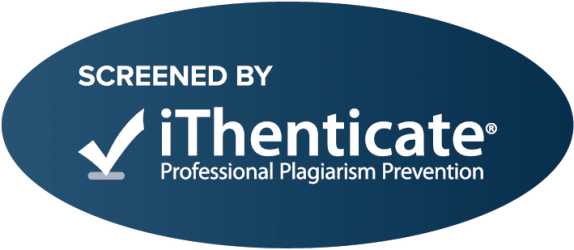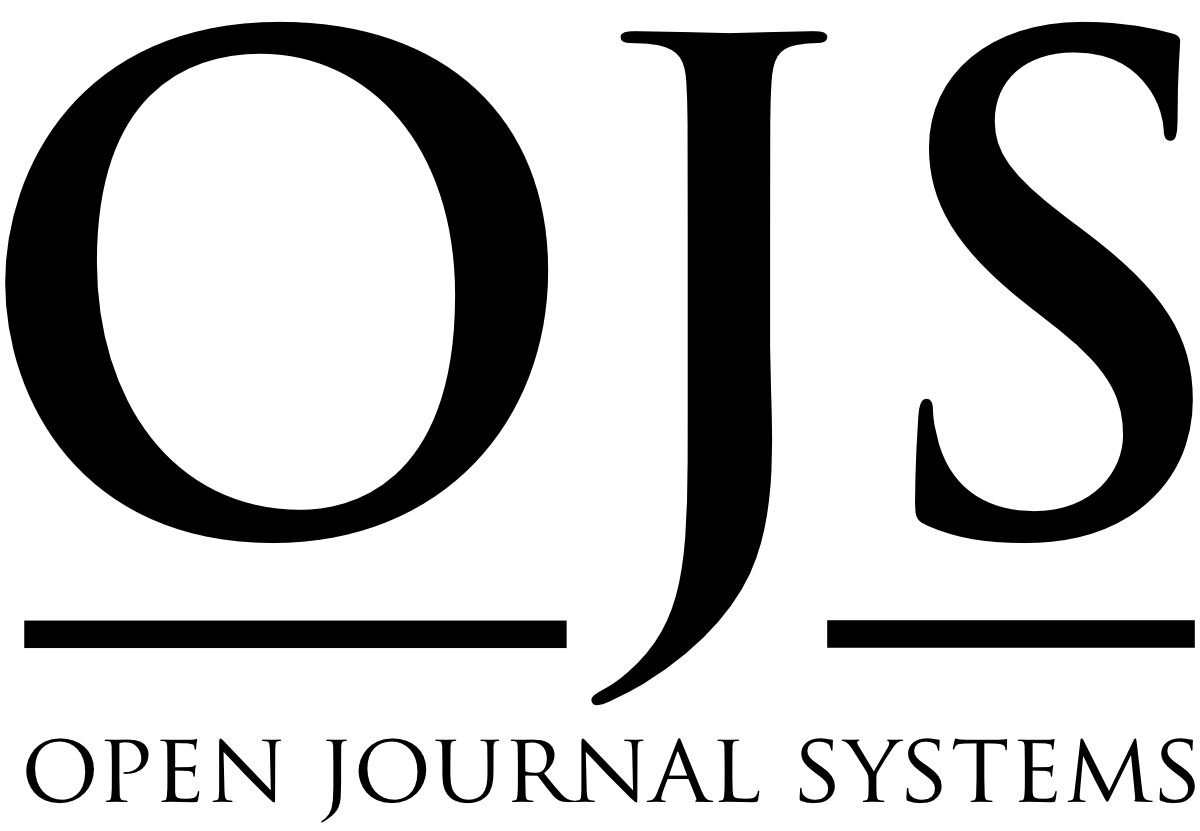Barriers in Information and Communication Technology (ICT) Use in Educational Environments Scale
Keywords:
Instructional technologies, integration of technology, barriers to use of technologyAbstract
Integration of technology into teaching-learning process is crucial for effective and permanent learning. This importance has been increasing through the development and extension of information and communication technologies (ICTs) and has become obligatory. However, it cannot be said that technology has reached the desirable level in integration into teaching-learning environments. Although there are numberless factors which affect this case, the literature has highlighted educators’ attitudes, self efficacy perceptions, insufficient incentives, lack of hardware and so on. There have been validity and reliability studies in the literature that aimed at integration of instructional technologies into classrooms in Turkey and at exploration of barriers to use of technology, but no Turkish scale has been found. This is the main reason for the research which aims at validity and reliability analyses of the “Difficulties in ICT Use in Educational Environments Scale”. As a result of the study, a measurement tool is developed. The tool is called “Difficulties in ICT Use in Educational Environments Scale”, which consists of a total of 13 items grouped under the following headings: “Poor Infrastructure/Hardware”, “Insufficient Information Resources” and “Personal Incapability”.Downloads
References
Adıgüzel, A. (2010). İlköğretim okullarında öğretim teknolojilerinin durumu ve sınıf öğretmenlerinin bu teknolojileri kullanma düzeyleri. Dicle Üniversitesi Ziya Gökalp Eğitim Fakültesi Dergisi, 15 (2010) 1-17.
Anıl, D. (2011). Türkiye’nin Pisa 2006 fen bilimleri başarısını etkileyen faktörlerin yapısal eşitlik modeli ile incelenmesi. Kuram ve Uygulamada Eğitim Bilimleri 11(3), 1253- 1266.
Becker, H.J. (1994). How exemplary computer-using teachers differ from other teachers: Implications for realizing the potential of computers in schools. Journal of Research on Computing in Education, 26, 291-321.
Bozkurt, A. ve Cilavdaroğlu, K., A. (2011). Matematik ve sınıf öğretmenlerinin teknolojiyi kullanma ve derslerine teknolojiyi entegre etme algıları. Eylül 2011 Cilt:19 No:3 Kastamonu Eğitim Dergisi 859-870.
Butler, D. & Sellbom, M. (2002). Barriers to adopting technology for teaching and learning. Educase Quarterly, 25 (2), 22-28.
Cheng, E. W. L. (2001). SEM being more effective than multiple regression in parsimonious model testing for management development research. Journal of Management Development, 20 (2), 650-667.
Chiero, R.T. (1997). Teacher’s perspectives on factors that affect computer use. journal of research on computing in education, 30(2), 133-145.
Cüre, F., & Özdener, N. (2008). Öğretmenlerin bilgi ve iletişim teknolojileri (BİT) uygulama başarıları ve BİT'E yönelik tutumları. Hacettepe Üniversitesi Eğitim Fakültesi Dergisi, 41-53.
Çakıroğlu, Ü., Güven, B., Akkan, Y. (2008). Matematik öğretmenlerinin matematik eğitiminde bilgisayar kullanımına yönelik inançlarının incelenmesi. Hacettepe Üniversitesi Eğitim Fakültesi Dergisi (H. U. Journal of Education) 35: 38-52 [2008].
Çokluk, Ö., Şekercioğlu, G. & Büyüköztürk, Ş. (2012). Sosyal bilimler için çok değişkenli istatistik: SPSS ve LISREL uygulamaları (2. Baskı). Ankara: Pegem Akademi
Ertmer, P., Addison, P., Lane, M., Ross, E. & Woods, D. (1999) Examining teachers' beliefs about the role of technology in the elementary classroom. Journal of Research on Computing in Education, 32 (1),54-72.
Evans-Andris, M. (1995). An examination of computing styles among teachers in elementary schools. Educational Technology Research and Development, 43(1), 15-31.
Göktaş, Y. (2006). The current status of information and communication Technologies integration into schools of teacher education and K-12 in Turkey. Ph.D. Thesis. Middle East Technical University, Ankara, TURKEY.
Jöreskog, K. G., & Sörbom, D. (1993). Lisrel 8: Structural equation modeling with the simplis command language. Hillsdale, NJ: Lawrence Erlbaum Associates Publishers.
Gülbahar, Y., & Güven, I. (2008). A Survey on ICT usage and the perceptions of social studies teachers in turkey. Educational Technology & Society, 11 (3), 37-51.
Gür, S. B., Özoğlu, M. ve Başer, T. (2010). Okullarda bilgisayar teknolojisi kullanımı ve karşılaşılan sorunlar. 9. Ulusal Sınıf Öğretmenliği Eğitimi Sempozyumu (20- 22 Mayıs 2010), Elazığ, 929-934.
Kerka, S. (1998). New perspectives on mentoring. Columbus, OH: ERIC Clearinghouse on Adult, Career, and Vocational Education. (ERIC No. ED 418 249)
Kınık, A., Altınkaya Z. ve Ertepınar, H. (2012). İlk ve ortaöğretim okullarında çalışan öğretmenlerin bilgisayar teknolojileri ve internet kullanım alışkanlıkları ve eğitim aracı olarak bilgisayara karşı tutumları. X. Ulusal Fen Bilimleri ve Matematik Eğitimi Kongresi (27-30 Haziran), Niğde.
MEB (2009). Talim ve terbiye kurulu başkanlığı, ilköğretim matematik dersi (1-5. Sınıflar) öğretim programı. Ankara: MEB Basımevi.
Mumcu, K., F. ve Usluel, K., Y. (2004). Mesleki ve teknik okul öğretmenlerinin bilgisayar kullanımları ve engeller. Hacettepe Üniversitesi Egitim Fakültesi Dergisi 26 : [2004] 91-99.
Schoepp, K. (2011) Learning and teaching in higher education: Gulf perspectives, Volume 2 Barriers to Technology Integration in a Technology-Rich Environment http://www.zu.ac.ae/lthe/vol2no1/lthe02_05.pdf, 02.08.2013 tarihinde alınmıştır
Schermelleh-Engel, K., Moosbrugger, H., & Müler, H. (2003). Evaluating the fit of structural equation models: Tests of significance and descriptive goodness-of-fit measures. Methods of Psychological Research Online, 8 (2), 23-74,
Semary, H. E. (2011) Barriers to the effective use of technology in education: Case study of UAE university, Asian Transactions on Science & Technology (ATST ISSN: 2221- 4283) Volume 01 Issue 05
Sümer, N. (2000). Yapısal eşitlik modelleri. Türk Psikoloji Yazıları, 3 (6), 49-74.
Tezcan, Cem (2008) Yapısal Eşitlik Modelleri (YL Tezi). Hacettepe Üniversitesi İstatistik Anabilim Dalı.
Yıldırım, S. (2007). Current utilization of ICT in Turkish basic education schools: A review of teacher's ICT use and barriers to integration. International Journal of Instructional Media, 34 (2), 171-186.
Yiğit, Y. G., Zayim, N., Yıldırım, S. (2002). Yüksek öğretimde öğretim ve idari amaçlı teknoloji kullanımı: Bir durum saptaması, Eğitim ve Bilim, 27(124), 42-51.
Zayim, N., Yıldırım, S. & Saka, O. (2005) Tıp eğitiminde öğretim teknolojileri kullanımı. II. Ulusal Tıp Bilişimi Kongresi (Tıp Bilişimi’05). 17-20 Kasım. Belek/ANTALYA Bildiriler Kitapcığı. ss.39-45
Zayim, N., Yıldırım, S. & Saka, O. (2006). Technology adoption of medical faculty in teaching: Differentiating factors in adopter categories. Educational Technology & Society, 9 (2), 213-222.
Additional Files
Published
How to Cite
Issue
Section
License

This work is licensed under a Creative Commons Attribution-NonCommercial-NoDerivatives 4.0 International License.










